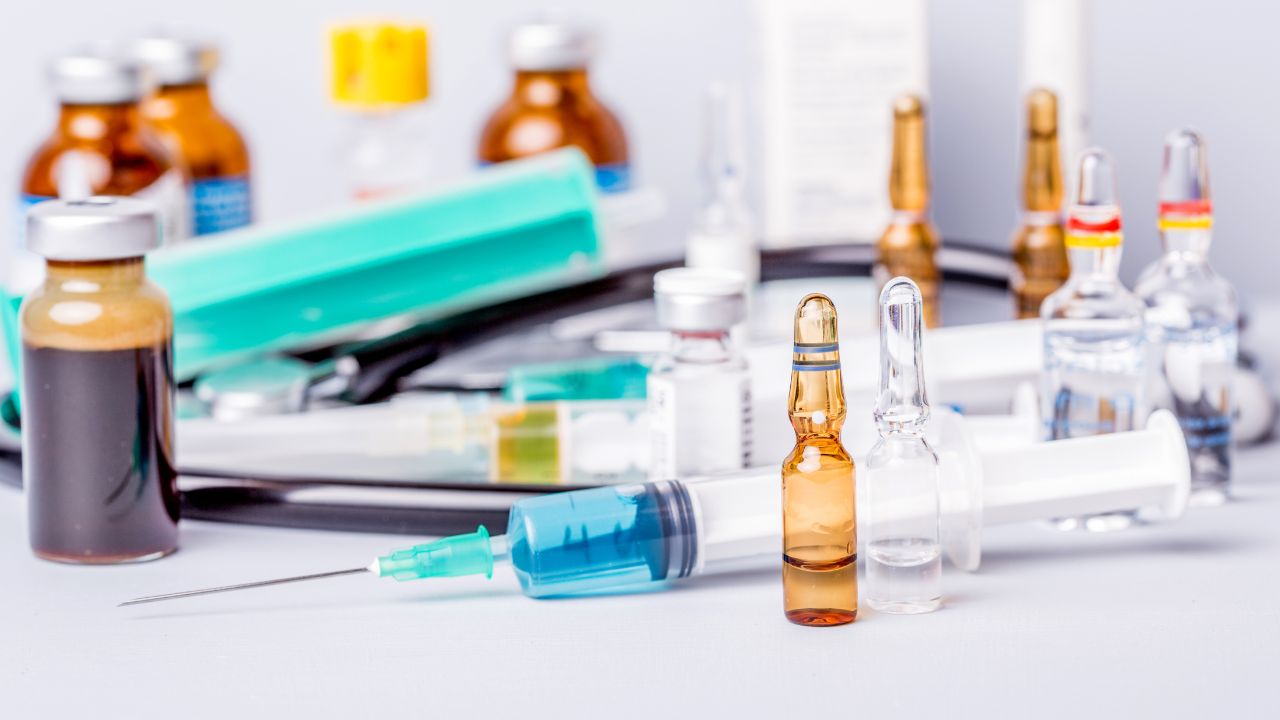Packaging for liquid medications plays a critical role in maintaining the safety, efficacy, and shelf life of the product.
Different types of packaging are used depending on the characteristics of the liquid drug, its dosage form, and regulatory requirements. In this article, we’ll explore the common types of liquid drug packaging and their key features.
Bottles
Bottles are one of the most common types of packaging for liquid medications. They are typically made of glass or plastic, depending on the drug's sensitivity to light or air.
Glass bottles are often used for more sensitive drugs, as glass is impermeable and provides excellent protection against external factors. Plastic bottles, on the other hand, are lightweight and shatter-resistant, making them convenient for transport and everyday use.
Many liquid medications, such as syrups, suspensions, and solutions, are packaged in bottles that come with child-resistant caps to ensure safety, especially in households with children. The bottles are also designed to make dosing easier, with some including measurement cups or droppers.
Ampoules
Ampoules are small sealed vials typically made of glass and used to contain a single dose of a liquid drug. They are designed to be broken open right before use, ensuring the drug inside remains sterile and uncontaminated.
Ampoules are commonly used for injectable medications, as they provide a high level of protection and prevent contamination. They are also resistant to external environmental conditions like moisture and air, making them ideal for long-term storage.
While ampoules offer excellent protection, they require careful handling due to their breakable glass structure. Special care must be taken during opening to avoid injury.
Vials
Vials are another popular type of liquid drug packaging. They come in various sizes and can be made from glass or plastic. Unlike ampoules, vials can hold multiple doses of a medication and are often sealed with rubber stoppers and metal caps. This allows for repeated use, with the medication being extracted using a syringe.
Vials are commonly used for vaccines, insulin, and other injectable drugs that require precise dosing over a period of time. The use of rubber stoppers helps maintain the sterility of the drug even after multiple uses.
Sachets
Sachets are small, single-dose pouches made from flexible materials like foil or plastic. These are often used for liquid medications like oral solutions, especially in over-the-counter medications. Sachets are convenient for travel and are easy to open, making them popular for products like liquid vitamins or electrolyte solutions. They are lightweight and compact, but they do not offer the same level of protection as glass or plastic bottles, so they are typically used for less sensitive drugs.
Prefilled Syringes
Prefilled syringes are becoming increasingly popular in the pharmaceutical industry, especially for vaccines and emergency medications. These syringes come preloaded with the exact dosage of the drug, eliminating the need for measuring and reducing the risk of dosing errors. Prefilled syringes are also more convenient for patients who need to self-administer injectable medications at home.
Conclusion
Different types of packaging are used for liquid medications to meet specific needs and ensure the safe delivery of the drug. Bottles, ampoules, vials, sachets, and prefilled syringes all serve different purposes based on the drug's nature and use.
The right packaging not only protects the medication but also ensures ease of use for the patient. When it comes to drug packaging types, understanding the options available can help in choosing the best solution for both manufacturers and consumers.


